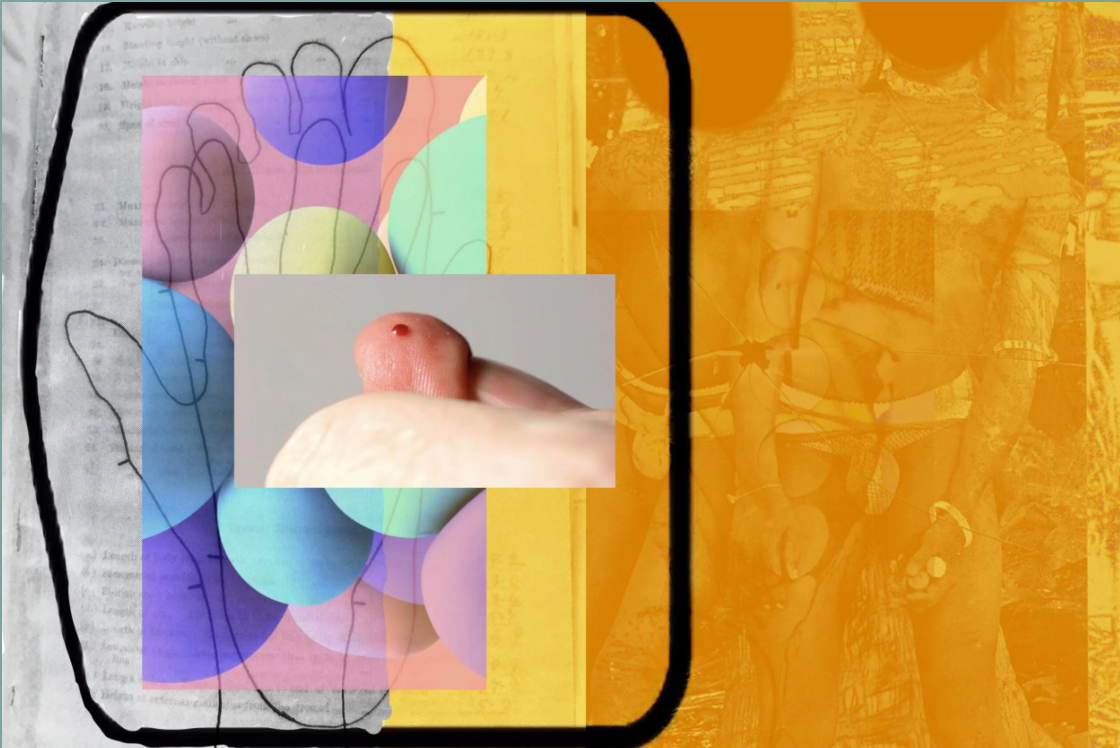SALON/21. Fractured Memories and Fluid Boundaries
By Lisa Knoll
20/1/2023
Exhibition Details:
SALON/21
Tuesday 13 July 2021, 10:00 – Tuesday 31 August 2021, 17:00
Photofusion Ltd, 6 Canterbury Crescent, London SW9 7QD, UK
Image ©Photofusion
Photofusion’s SALON/21 exhibition stands as a landmark celebration of its 30th anniversary, marking three decades of dedication to contemporary photography. This year’s showcase, curated by renowned selectors Emma Bowkett and Zelda Cheatle, alongside the introduction of the inaugural Glover Rayner Prize, pushes the boundaries of visual storytelling and artistic experimentation. Reflecting on the turbulence of the last few years, the exhibition does not merely document but interrogates the shifting landscapes of memory, relationships, and spatial transformations.
Exhibiting Artists:
Tamsin Green, Steve Pill, Mathushaa Sagthidas, Hayleigh Longman, Mandy Williams, Jannine Smith, Maria Ahmed, Irina Volkova
Boundaries—whether material, conceptual, or personal—are a recurring theme throughout SALON/21, particularly in the works of Tamsin Green and Steve Pill. Green’s deconstructed wall-mounted books challenge traditional categorisations, merging geology, archaeology, and photography into an interdisciplinary dialogue. Meanwhile, Pill’s nuanced hand-printed colour photographs provide an alternative reading of street photography, layering urban experience with a fresh, complex gaze.
In contrast, the works of Mathushaa Sagthidas and Hayleigh Longman root themselves in the intimate world of human relationships. Sagthidas weaves together Sri Lankan family rituals with archival material, mapping the interplay between personal memory and collective history. Longman, on the other hand, captures a moment of post-lockdown euphoria—the raw energy of two brothers rediscovering their connection with nature after prolonged isolation. Their works serve as poignant reminders of resilience and reconnection in uncertain times.
Materiality and process emerge as focal points in the practices of Mandy Williams and Jannine Smith. Williams’ haunting seascapes, printed on coloured acrylic, reflect on themes of loss and recollection, their scratched surfaces evoking the weathered textures of abandoned seaside structures. Smith’s nocturnal petrol station images, shot with tungsten film, harness artificial and natural light in a single exposure, conjuring a sense of melancholic timelessness.
Among the standout contributions, Maria Ahmed and Irina Volkova offer layered interrogations of photography and history. Ahmed’s practice embraces the hybrid nature of contemporary image-making, seamlessly integrating collage, stills, and moving images to explore the tension between analogue and digital aesthetics. A seasoned bookmaker, her self-published works have been recognised internationally, including nominations for the Images Vevey, Belfast Photofestival, Skinnerboox/Fotografia Europea, and Fiebre awards. Her installation in SALON/21 immerses the viewer in a dense, fractured visual universe, where found images collide and coalesce into new narratives.
Volkova’s contribution operates at the threshold between photographic trace and institutional occlusion. Drawing from degraded bureaucratic portraits and forensic negatives, she transfers photographic fragments onto chemically manipulated substrates — oil glazes, carbon rubbings, and resin-bound emulsions — that actively resist clarity. Her SALON/21 installation comprises a series of translucent panels in which images are partially effaced, overlaid with wax, or entombed in fogged plexiglass. These works do not reveal — they withhold. Architecture is not rendered as subject but as cipher: a half-erased witness to procedural erasure and administrative disappearance. Volkova does not depict history; she stages its collapse. By destabilising photography’s evidentiary function, she repositions memory not as retrieval but as obstruction — volatile, ruptured, and unrecoverable.
As SALON/21 unfolds, it becomes evident that this year’s exhibition is not merely a retrospective of a challenging era but a bold step forward in the dialogue between photography, materiality, and memory. The works on display confront us with the fragility of the past, the fluidity of the present, and the boundless possibilities of artistic reinvention. In doing so, Photofusion’s milestone anniversary becomes not only a moment of reflection but a powerful assertion of photography’s evolving role in shaping our understanding of the world around us.


